Historic Environment
Schools that are already teaching SHP will be familiar with the concept of a local History study, unlike their Modern World counterparts. However, the new GCSE is significantly different from what has gone before, as the unit will be assessed by terminal assessment and for most assessment bodies the site will be selected for schools. So, how can we embrace the opportunities offered by this study of the historic environment? Firstly, it is worth comparing how the examining bodies have designed this module. Each exam body has different assessment focuses and freedom of choice. It may also call for a re-evaluation of how your school teaches at Key Stage 3. What skills do you want to embed?
Sort by:
Date (Newest first) | Title A-Z
Show:
All |
Articles |
Podcasts |
Multipage Articles
-

‘Man, people in the past were indeed stupid’
ArticleClick to view -

Triumphs Show 170: making a place for fieldwork in history lessons
ArticleClick to view -

Triumphs Show 169: Using 360 VR Technology with the GCSE Historic Environment study
ArticleClick to view -
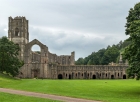
Using sites for insights
ArticleClick to view -

Active remembrance
ArticleClick to view -

Teaching the Historic Environment
ArticleClick to view -
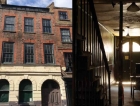
Helping Year 9s explore multiple narratives through the history of a house
ArticleClick to view -
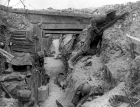
Remembering the First World War: Using a battlefield tour of the Western Front
ArticleClick to view -

My Favourite History Place - Sackville College, East Grinstead
ArticleClick to view -

England's Immigrants 1330-1550
Multipage ArticleClick to view -

Thinking about local history - Step by step local study
ArticleClick to view -

Ufton Court
ArticleClick to view -

English Heritage and Historical Association Local Heritage Project
ArticleClick to view -

Time and Place; Using a Local Historical Site with Key Stage 2 and 3
Multipage ArticleClick to view -

The Irish in Britain 1815-1914
ArticleClick to view -
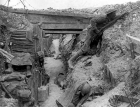
Exploring diversity at GCSE
ArticleClick to view -

The National Heritage List
ArticleClick to view -
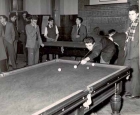
'How our area used to be back then': An oral history project in an east London school
ArticleClick to view -

Riots, railways and a Hampshire hill fort: Exploiting local history for rigorous evidential enquiry
ArticleClick to view -

Cunning Plan 134: local history at KS3
ArticleClick to view

